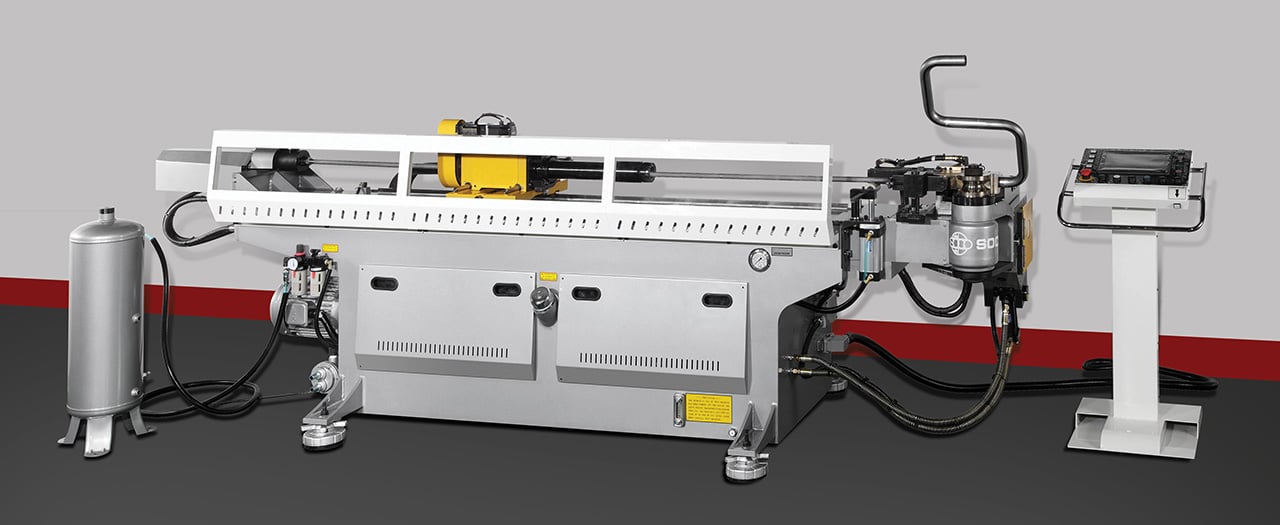The tube bending process, with or without a mandrel, requires precise measurements and alignment to perform correctly.
Navigating the Tube Bending Journey
There are a number of problems that can occur when the tube bending process isn't performed correctly. From tooling marks to wrinkling and tube collapse, some of the most common bending problems can cause a lot of damage and make a tube unusable. Correcting for these common mistakes can also be time consuming, requiring additional testing, measurements, and adjustments. Regardless of the application, it is most efficient to take the time before you bend to ensure that all of your tooling is correctly set and adjusted.
Determining the correct tooling for a tube bending process can be difficult, which is why we've created the free Guide to Specifying Tooling for a Tube Bender: Specification and Tooling Info Checklist.
The checklist will help you determine the correct tooling specifications by walking you through all of the necessary measurements and tooling specifications. The guide begins with 12 distinct specifications that are necessary for determining the correct tooling for a given application. This is followed by a more detailed look into tooling specifications and requirements.
Click here or follow the link below to download the free Guide to Specifying Tooling for a Tube Bender: Specification and Tooling Info Checklist.
